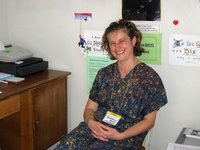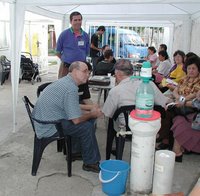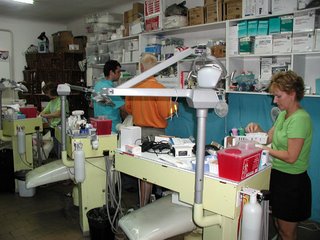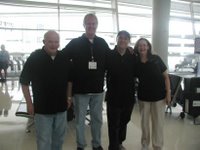Everyone makes plans, whether for vacations, parties or selling iPods. In each situation, the same steps are taken. Decide exactly where you want to go; detail what it will take to get there; and decide what success should look like, so you know it when you arrive. When stripped to its essentials, the planning process is about the bottom line.
If you ask a commercial business manager the bottom line question, you might like get answers like:
- Sales are up the last three quarters
- All cost centers are meeting projections, or
- Margins are thickening
All are different ways of expressing the same thing. The bottom line relates to shareholder quality of life. Has the company's management team done everything possible, prudent and legal to increase the price of a share of stock, thereby increasing shareholder wealth? All else is supportive but secondary.
Can there be a similar bottom line mindset in the nonprofit business world? To test, ask yourself these questions for your latest fiscal year:
- Who are my shareholders
- Was shareholder quality of life increased
- What was the impact of my nonprofit business
Typically, nonprofit business managers would say there is nothing comparable to a shareholder in the nonprofit world, in that there is not one category of beneficiary. There are several and all must be satisfied. That is why the term stakeholder is prevalently used instead. In addition to the client, stakeholders include volunteers, board members, donors and even staff.
Many managers would say nonprofit business is just too intangible to be quantified. While performance cannot be demonstrated with numbers, surely client qualify of life improves, given the amount of service provided. Here, the causal link between performance and effectiveness is usually just assumed. Other managers might indicate that impact is quantifiable, having increased services from 1,000 meals a day (patient visits, hours of care, average daily census, or any process variable) to 1,800, a whopping 80 percent increase.
While both of these statements may be true, neither answers the question, "How is your bottom line?" No management team can say it has done everything possible, prudent and legal to increase stakeholder wealth.
When nonprofit agencies discuss results, as in these two imaginary conversations, no one is able to answer the question, "So what?" The marketplace does not offer an answer because it does not reward nonprofit performance to the degree necessary to sustain operations. Instead, nonprofit managers depend on independent investors. These investors deserve a decent answer to that question. Process variables such as the number of service units do not answer the "so what" question. Nonprofit managers know they offer value, but are unable to express it to others. Until the industry can communicate its true value to society, is it any wonder why the sector is under attack?
Next: What Society Really Thinks About the Nonprofit Sector














































